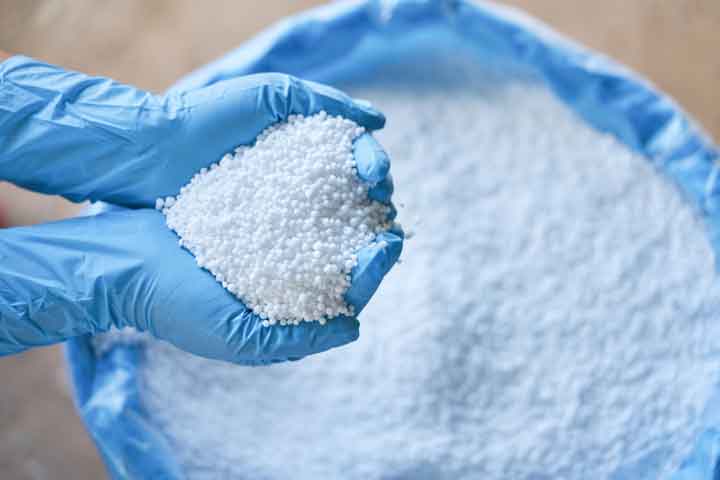
Magnesium phosphate
Latin name: Magnesium phosphate
Short name: Mag-p
Common name: Magnesium phosphate | Phosphate of magnesia | Mag Phos | Magnesia phosphorica | Tissue salt No. 8 | Nerve salt
Primary miasm: Psoric Secondary miasm(s): Sycotic
Kingdom: Minerals
Family: Inorganic salt
- Symptomatology
- Remedy Information
- Differentiation & Application
An inorganic salt formed by the combination of magnesium and phosphate. White crystalline powder, soluble in water.
In Schüssler’s biochemistry, known as the “anti-spasmodic salt” and used for cramps, spasms, and neuralgias. Used in nutritional supplementation to support nerve and muscle function.
Originally developed as a cell salt by Dr. Wilhelm Schüssler; further clinical confirmations followed, notably by Boericke, Allen, and Nash
- Nerves and neural pathways – especially for spasms and neuralgia
- Muscles – smooth and striated muscle fibres
- Abdomen and uterus – colic, dysmenorrhoea
- Face and head – facial neuralgia, tension headaches
- Right side of the body – especially right-sided pains
- Extremities – cramps, twitching, restless legs
- Warmth and hot applications
- Pressure and firm touch
- Bending double (colic, cramps)
- Rest
- Gentle rubbing
- Lying on painful side
- Cold air or cold drafts
- Uncovering or exposure to cold
- Touch (light touch aggravates)
- Motion (jerking or sudden movements)
- Night-time
- Mental strain or worry
- Menstruation (in women)
- Colocynthis – Colic also better from pressure, but more intense, angry, left-sided, and violent
- Cuprum metallicum – Spasms with coldness, more convulsive and violent; blue face, cyanosis
- Chamomilla – Angry, oversensitive, especially in children; colic worse from touch, better from warmth
- Nux vomica – Spasmodic and irritable, worse from overwork or stimulants; not better from pressure
- Ignatia – Spasms and neuralgia with emotional causation, more hysterical and changeable
- Complementary: Calcarea phos., Ferrum phos.
- Antidotes: Nux vomica, Chamomilla
- Follows well: Colocynthis, Gelsemium
- Precedes well: Kali phos., Zincum
Magnesia phosphorica represents the spasmodic, sensitive nervous system in its most delicate form. It speaks to the person who suffers from every draft of cold, every nervous strain, every emotional upset with a physical, muscular consequence—cramps, spasms, neuralgia. The mind recoils from overstimulation, the body responds with tension. This remedy restores balance where delicate nerves cry out for warmth, peace, and pressure.
- Think of it in colicky children who draw up legs and scream
- Primary remedy for dysmenorrhoea with cramping pain relieved by warmth
- Excellent for facial neuralgia, especially right-sided and from cold
- Use in muscle cramps, night cramps, or overuse spasms
- Consider for sciatica, intercostal neuralgia, and writer’s cramp
Mind
- Anxiety, nervous
- Oversensitive, touch, noise
- Irritability, from pain
Head
- Headache, neuralgic, right-sided
- Pain, lightning-like, forehead
Abdomen
- Colic, bending double >
- Pain, cramping, better warmth
Female Genitalia
- Dysmenorrhoea, cramping pain
- Menses, early, dark, clotted
Extremities
- Cramps, calves, night
- Neuralgia, limbs
- Twitching, nervous
Generalities
- Warmth >
- Cold <
- Pressure >
- Touch <
Wilhelm Schüssler – Biochemic Therapeutics: Origin of remedy and tissue salt indications
James Kent – Lectures on Homoeopathic Materia Medica: Detailed modalities and nervous type
C. Hering – Guiding Symptoms: Neuralgic pains, cramping, better from heat
William Boericke – Pocket Manual of Homoeopathic Materia Medica: Clinical use in colic, neuralgia, dysmenorrhoea
H.C. Allen – Keynotes of the Materia Medica: Modalities, spasms, sensitivity profile
